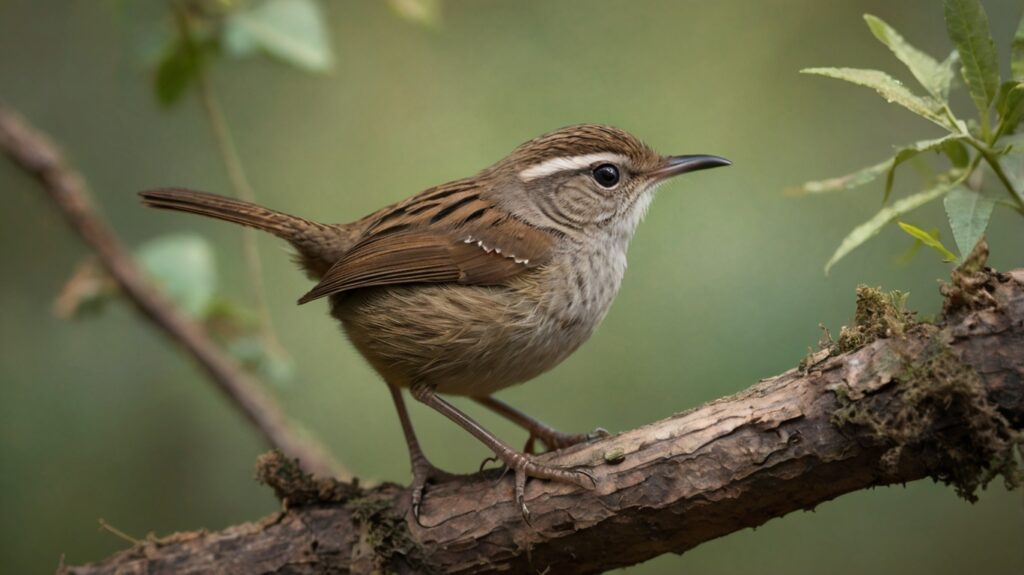Table of Contents
- Introduction
- Physical Characteristics of the Young Splendid Wren
- Habitat and Distribution
- Behavior and Diet
- Breeding and Lifespan
- Conservation Status
- Conclusion
- FAQs
Introduction
The Young Splendid Wren (Malurus splendens) is a strikingly colorful bird native to Australia. Known for its vivid plumage and energetic behavior, this small passerine captivates bird enthusiasts and researchers alike. In this article, we explore its appearance, habitat, behavior, and conservation status while highlighting its ecological importance.

Physical Characteristics of the Young Splendid Wren
The Young Splendid Wren displays a mix of blue, black, and white feathers, though juveniles have duller tones compared to adults. Males develop their iconic bright blue plumage as they mature, while females and young birds retain softer brown and blue hues.
- Size: 12–14 cm in length
- Weight: 8–13 grams
- Distinctive Features: Long tail, slender beak, and striking blue markings
Habitat and Distribution
These wrens thrive in:
- Arid and semi-arid scrublands
- Dense shrublands
- Wooded areas near water sources
They are primarily found in southern and western Australia, favoring environments with ample ground cover for foraging and nesting.
Behavior and Diet
The Young Splendid Wren is highly active, often seen hopping between branches in search of insects.
- Diet:
- Small insects (beetles, ants, spiders)
- Occasional seeds and fruits
- Social Structure:
- Lives in small family groups
- Cooperative breeding behavior
Breeding and Lifespan
- Breeding Season: August to January
- Nest Construction: Dome-shaped nests made of grass and spiderwebs
- Clutch Size: 3–4 eggs
- Lifespan: Up to 6 years in the wild
Conservation Status
Currently, the Young Splendid Wren is classified as Least Concern (IUCN), but habitat destruction and climate change pose future risks. Conservation efforts focus on protecting shrublands and reducing land clearing.
Conclusion
The Young Splendid Wren is a remarkable bird, admired for its beauty and lively nature. Preserving its natural habitat ensures future generations can enjoy this avian gem.
FAQs
1. What does a Young Splendid Wren look like?
Juveniles have subdued brown and blue feathers, while adult males develop vibrant blue plumage.
2. Where can I find the Splendid Wren?
They inhabit arid and semi-arid regions of southern and western Australia.
3. What do Young Splendid Wrens eat?
Their diet consists mainly of insects, supplemented by seeds and fruits.
4. Are Splendid Wrens endangered?
No, they are currently listed as Least Concern, but habitat loss is a growing threat.
5. How long do Splendid Wrens live?
They typically live up to 6 years in the wild.
